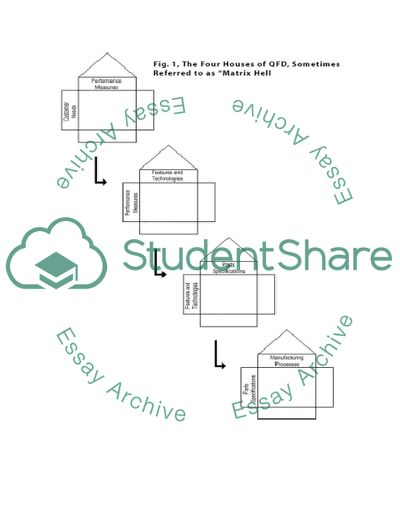Cite this document
(“Quality Function Deployment: Application and Findings Essay”, n.d.)
Quality Function Deployment: Application and Findings Essay. Retrieved from https://studentshare.org/miscellaneous/1516372-quality-function-deployment-application-and-findings
Quality Function Deployment: Application and Findings Essay. Retrieved from https://studentshare.org/miscellaneous/1516372-quality-function-deployment-application-and-findings
(Quality Function Deployment: Application and Findings Essay)
Quality Function Deployment: Application and Findings Essay. https://studentshare.org/miscellaneous/1516372-quality-function-deployment-application-and-findings.
Quality Function Deployment: Application and Findings Essay. https://studentshare.org/miscellaneous/1516372-quality-function-deployment-application-and-findings.
“Quality Function Deployment: Application and Findings Essay”, n.d. https://studentshare.org/miscellaneous/1516372-quality-function-deployment-application-and-findings.


